Print Programme Photos (more soon)
Friday, 6 February
Winstanley Theatre, Trinity College, Cambridge
| Opening Events (Chair: Mari Hirano Butterfield) | |
|---|---|
| 18:00 -19:00 |
The Butterfield Challenge, with Hugh Mellor, Winstanley Theatre. Three quarks for Muster Mark! Sure he hasn’t got much of a bark, and sure any he has it’s all beside the mark. |
| 19:00 -20:00 |
Reception, Winstanley Theatre Reception Area |
Saturday, 7 February
Winstanley Theatre, Trinity College, Cambridge
| 09:00 -09:10 |
Welcome |
| Indistinguishability (Chair: Stephan Hartmann) | ||
|---|---|---|
| 09:10 -10:00 |
F.A. Muller, “An Indiscernibility Parade of Discernible Giants, Dwarfs, and Everything in Between” | Abstract |
| 10:00 -10:50 |
Simon Saunders, “The Gibbs Paradox” | Abstract |
| 10:50 -11:10 |
Break for Tea |
| Entanglement and Causality (Chair: Erik Curiel) | ||
|---|---|---|
| 11:10 -12:00 |
Jos Uffink, “A partial history of entanglement” | Abstract |
| 12:00 -12:50 |
Richard Healey, “Local Causality and Relativistic Chance” | Abstract |
| 12:50 -14:10 |
Break for Lunch |
| Emergence (Chair: Jim Weatherall) | ||
|---|---|---|
| 14:10 -15:00 |
Fay Dowker, “On the Emergence of Time in Quantum Gravity” | Abstract |
| 15:00 -15:50 |
Klaas Landsman, “Butterfield’s Principle” | Abstract |
| 15:50 -16:10 |
Break for Tea |
| Approaching Equilibrium (Chair: Steve Weinstein) | ||
|---|---|---|
| 16:10 -17:00 |
Charlotte Werndl, “Applying dynamical systems theory to statistical mechanics: equilibrium and its existence” | Abstract |
| 17:00 -17:50 |
Carlo Rovelli, “Who is the culprit of past low entropy? The micro-state or the coarse-graining?” | Abstract |
| 17:50 -18:00 |
Closing Remarks |
| 18:00 -19:30 |
Drinks and Goodbyes at The Eagle pub |
Organisers
Bryan W. Roberts, London School of Economics, with help from Huw Price.
Registered Discussants
Emily Adlam, Edward Anderson, Feraz Azhar, Guido Bacciagaluppi, William Berdanier, Jossi Berkovitz, Gábor Betegh, Paul Boes, Adrian Boutel, Harvey Brown, Jonathan Burton, Peter Bussey, Nuria Calvo, Elena Castellani, Adam Caulton, Fabio Ceravolo, Erik Curiel, Sebastian de Haro, Henk De Regt, Natalja Deng, Neil Dewar, Matthew Donald, Mauro Dorato, Andrea Ferrari, James Fisher, Samuel Fletcher, Alexander Franklin, Steven French, Stefano Giardinelli, Berry Groisman, Balázs Gyénis, Joe Henson, Josh Hunt, Richard Jozsa, Adrian Kent, James Ladyman, Raymond Lal, David Lavis, Niels Linnemann, Paul Mainwood, Owen Maroney, Niels Martens, Niels Martens, Tushar Menon, Dom Miketa, Alex Oliver, Hugh Osborn, J. Brian Pitts, Oliver Pooley, Huw Price, Carina Prunkl, James Read, Bryan W. Roberts, Katie Robertson, Eleanor Robson, David Skinner, David Sloan, Jakob Sprickerhof, Michael Stoeltzner, Ward Struyve, Mauricio Suarez, Nahuel Sznajderhaus, Nicholas Teh, David Tena Cucala, Teru Thomas, Chris Timpson, David Tong, Barrie Tonkinson, David Wallace, Alastair Wilson, Chris Wray, Michael Wright
Abstracts
Fay Dowker, “On the Emergence of Time in Quantum Gravity”
My title is borrowed from Jeremy’s paper with Chris Isham and mentions three topics to which Jeremy has made and continues to make such important contributions. I will set out a programme for quantum gravity motivated in part by by paying close attention to the structure of space-time as we currently know it in General Relativity and give my own take on what it might mean for ‘Time’ to ‘Emerge’ from ‘Quantum Gravity’.
Richard Healey, “Local Causality and Relativistic Chance”
Jeremy has long admired the work of the physicist John Bell and the philosopher David Lewis. He used their views (most explicitly in his 1992 ‘David Lewis meets John Bell’) to argue for instantaneous action at a distance in certain experimental violations of Bell inequalities. This conclusion may be avoided by paying attention to how Born probabilities guide our credences as agents situated in relativistic space-time who accept quantum theory. The necessary modification to Lewis’s Principal Principle (proposed by Jenann Ismael) highlights ambiguities in Bell’s statement of Local Causality. Once these are resolved an interventionist approach to causation shows why no-one accepting quantum theory should take the lack of a Reichenbachian (factorizable) common cause of space-like separated correlated events to establish any superluminal causal influences.
Klaas Landsman, “Butterfield’s Principle”
Earman’s Principle (2004) states that “While idealizations are useful and, perhaps, even essential to progress in physics, a sound principle of interpretation would seem to be that no effect can be counted as a genuine physical effect if it disappears when the idealizations are removed.” Butterfield’s Principle (2011) follows up on this, claiming that what should happen instead is that “there is a weaker, yet still vivid, novel and robust behaviour that occurs before we get to the limit. And it is this weaker behaviour which is physically real.” These principles (should) serve as guardians of common sense in discussions of, for example, Emergence (including the Measurement Problem), but also in mathematics (about which Hilbert famously said similar things in 1926).
F.A. Muller, “An Indiscernibility Parade of Discernible Giants, Dwarfs, and Everything in Between”
The issue of the indiscernibility of elementary particles in quantum theory began with Schrödinger and Weyl in the 1920s and has been marching on until this very day, with breaks to suck air. We shall provide a nearly exhaustive overview of this parade, commenting on the various contributions that march by. In particular we shall spot master Butterfield & pupil Caulton, waving rigorously to the cheering crowds. A picture show will be inserted in this overview, showing our currently 60 Springs young master in some photographs, which parenthetically are not to be found with Google pictures.
Carlo Rovelli, “Who is the culprit of past low entropy? The micro-state or the coarse-graining?”
Mysteriously, entropy decreases in one time direction. In spite of the immense literature on the topic, one possibility to understand why, as far as I know, has not yet been discussed. Entropy depends on two factors: the microstate of the system, and the coarse graining of the macroscopical description, which in turn depends on the physical relevant couplings to the system. Can past low entropy be a perspectival effect due to the way the physical subsystem to which we belong couples to –and therefore coarse grains– the rest of the variables of the universe? I find this possibility plausible and I explain why.
Simon Saunders, “The Gibbs Paradox”
There are two forms of the Gibbs paradox: the first, that the entropy of mixing of two gases changes discontinuously when the gases are identical, and the second, that it stays the same (so there is an entropy of mixing even when the gases are identical).
I aim to solve both forms of the paradox: the first, by treating particle distinguishability as an emergent concept, and the second, on the basis of particle indistinguishability (permutation symmetry) — in the classical case just as in the quantum case. Recent arguments to show that permutation symmetry is irrelevant to Gibbs paradox, made by Dennis Dieks and his co-workers, are considered and countered.
Jos Uffink, “A partial history of entanglement”
The term “entanglement” was famously coined in 1935 by Schrödinger to express the curious non-classical correlation that can occur between quantum systems. However, this situation was already described by Born in 1926, in a manuscript which is widely misread as presenting his statistical interpretation of the wave function.
I will focus on the difference in interpretation which Born and Schrödinger attributed to entangled states, and the crucial point of the non-unique decompositions of certain (maximally) entangled states. Comparing these interpretations with the 1935 Einstein-Podolsky-Rosen argument (that triggered the publication of Schrödinger’s work) and the Einstein-Schrödinger correspondence in that year, I argue that Schrödinger was the only physicist at the time who appreciated the profoundly non-classical nature of quantum entanglement.
Charlotte Werndl, “Applying dynamical systems theory to statistical mechanics: equilibrium and its existence”
In Boltzmannian statistical mechanics macro-states supervene on -states. This leads to a partitioning of the state space of a system into regions of macroscopically indistinguishable micro-states. The largest of these regions is singled out as the equilibrium region of the system. What justifies this association? We review currently available answers to this question and find them wanting both for conceptual and for technical reasons. We propose a new conception of equilibrium and prove a mathematical theorem which establishes in full generality — i.e. without making any assumptions about the system’s dynamics or the nature of the interactions between its components — that the equilibrium macro-region is the largest macro-region. We then turn to the question of the approach to equilibrium, of which there exists no satisfactory general answer so far. In our account, this question is replaced by the question when an equilibrium state exists. We prove another — again fully general — theorem providing necessary and sufficient conditions for the existence of an equilibrium state. This theorem changes the way in which the question of the approach to equilibrium should be discussed: rather than launching a search for a crucial factor (such as ergodicity or typicality), the focus should be on finding triplets of macro-variables, dynamical conditions, and effective state spaces that satisfy the conditions of the theorem.
We are grateful to our sponsors:


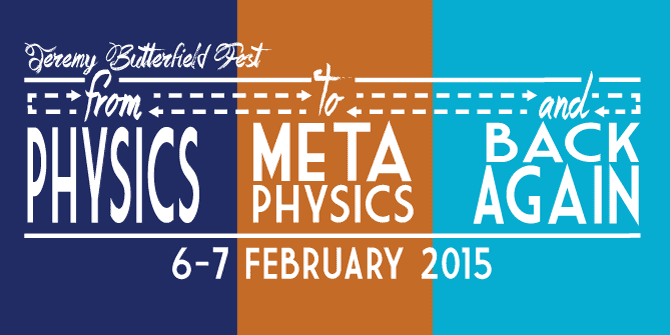


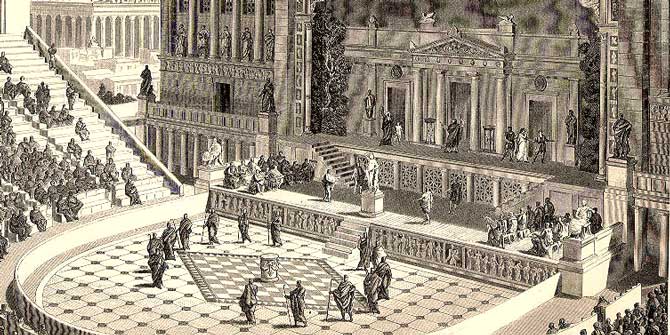
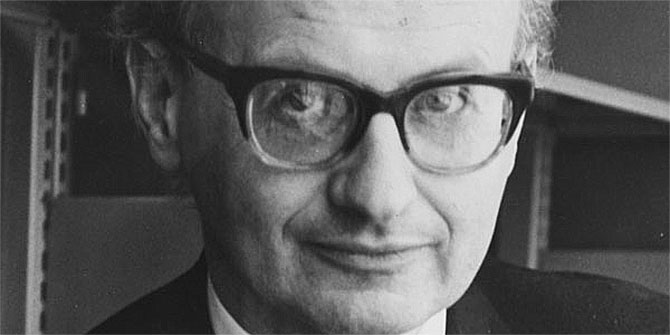
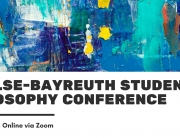
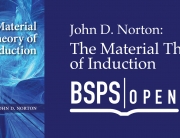
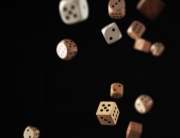

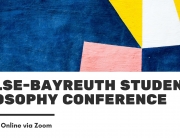




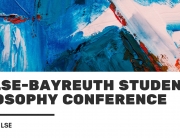













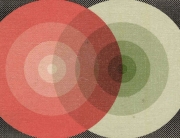






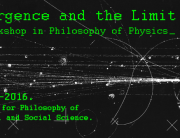
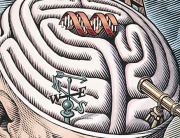
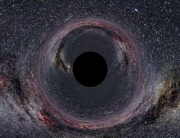


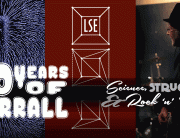
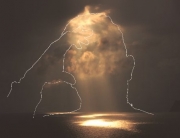

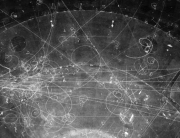
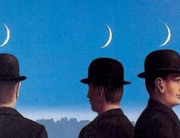
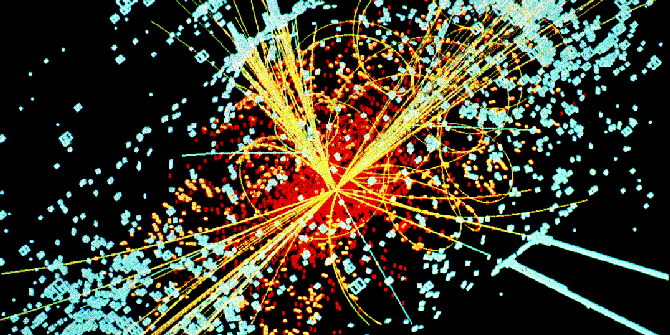
Connect with us
Facebook
Twitter
Youtube
Flickr